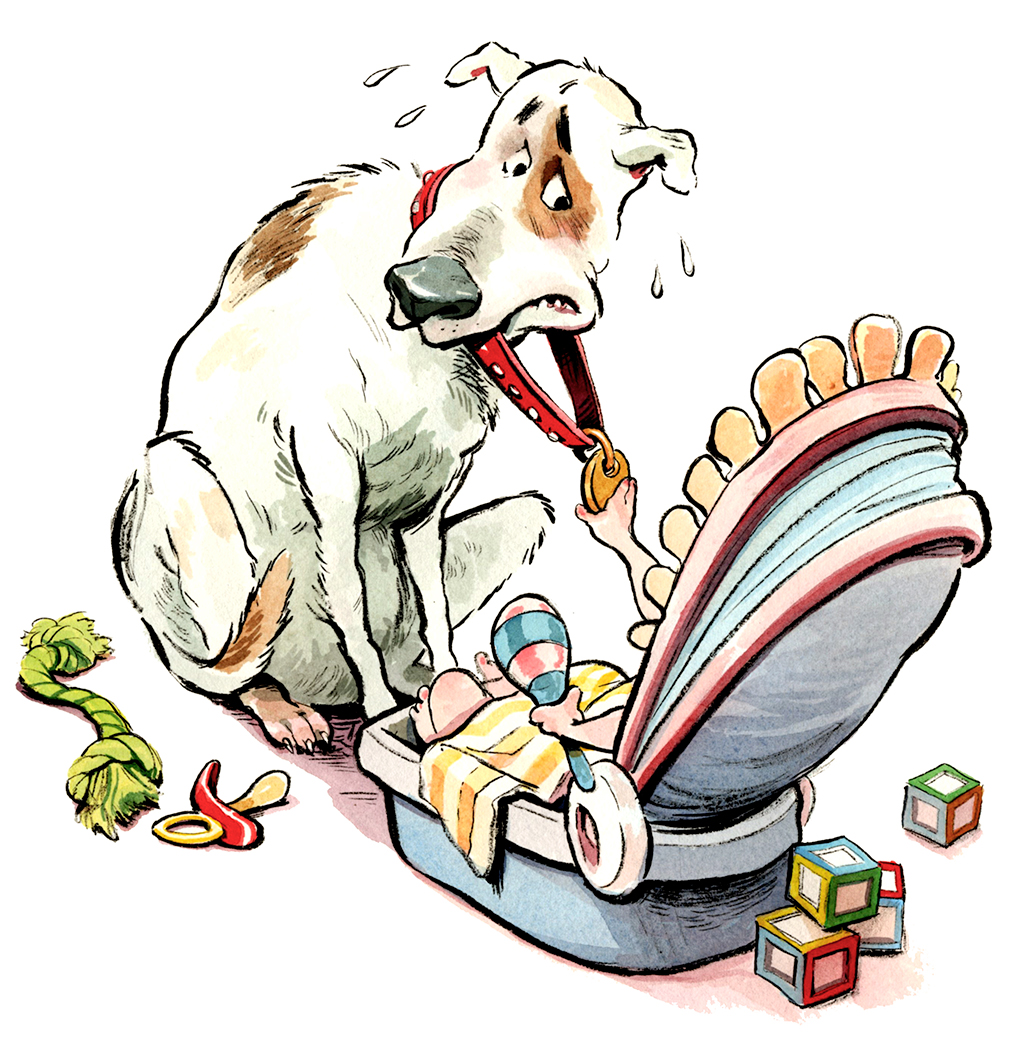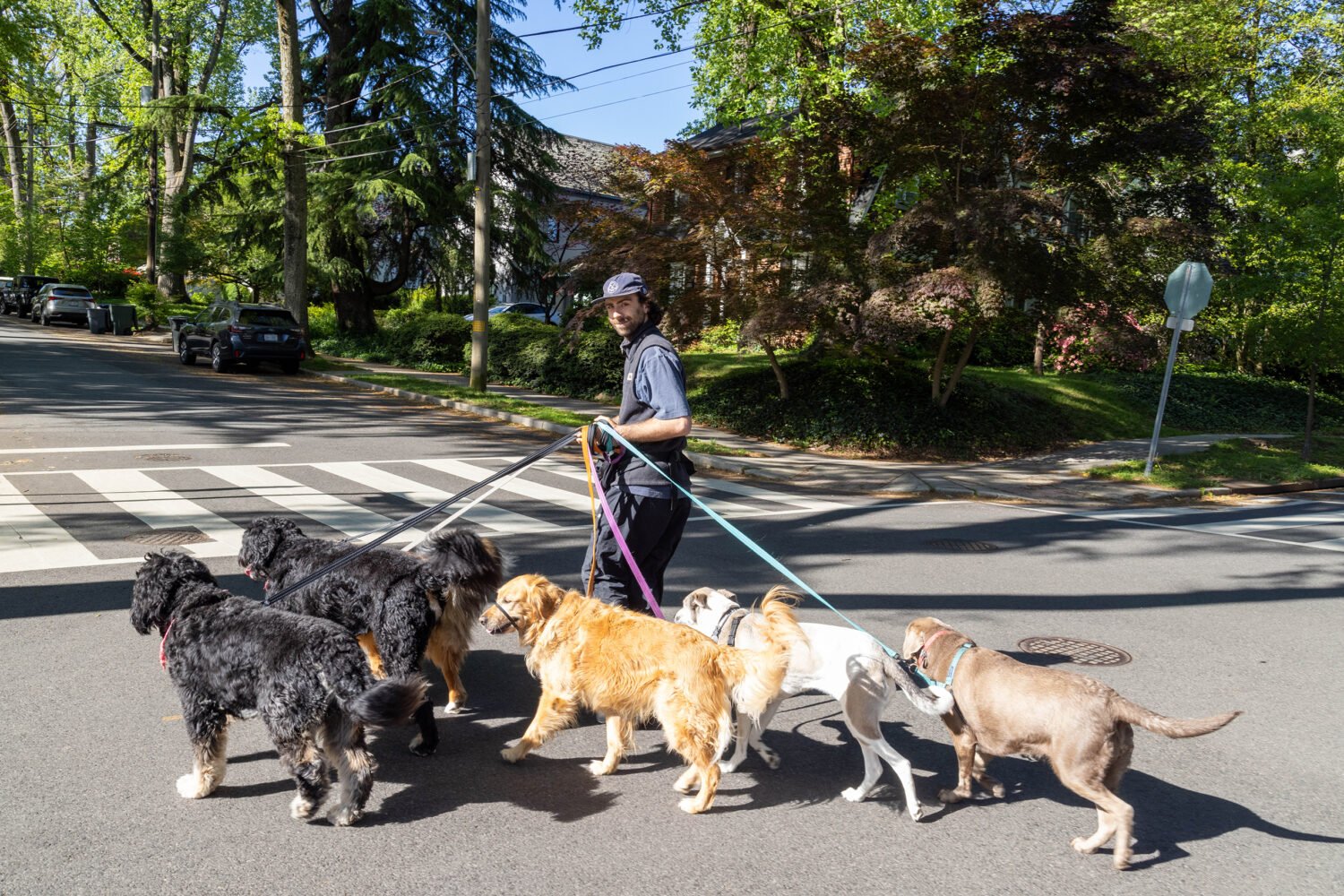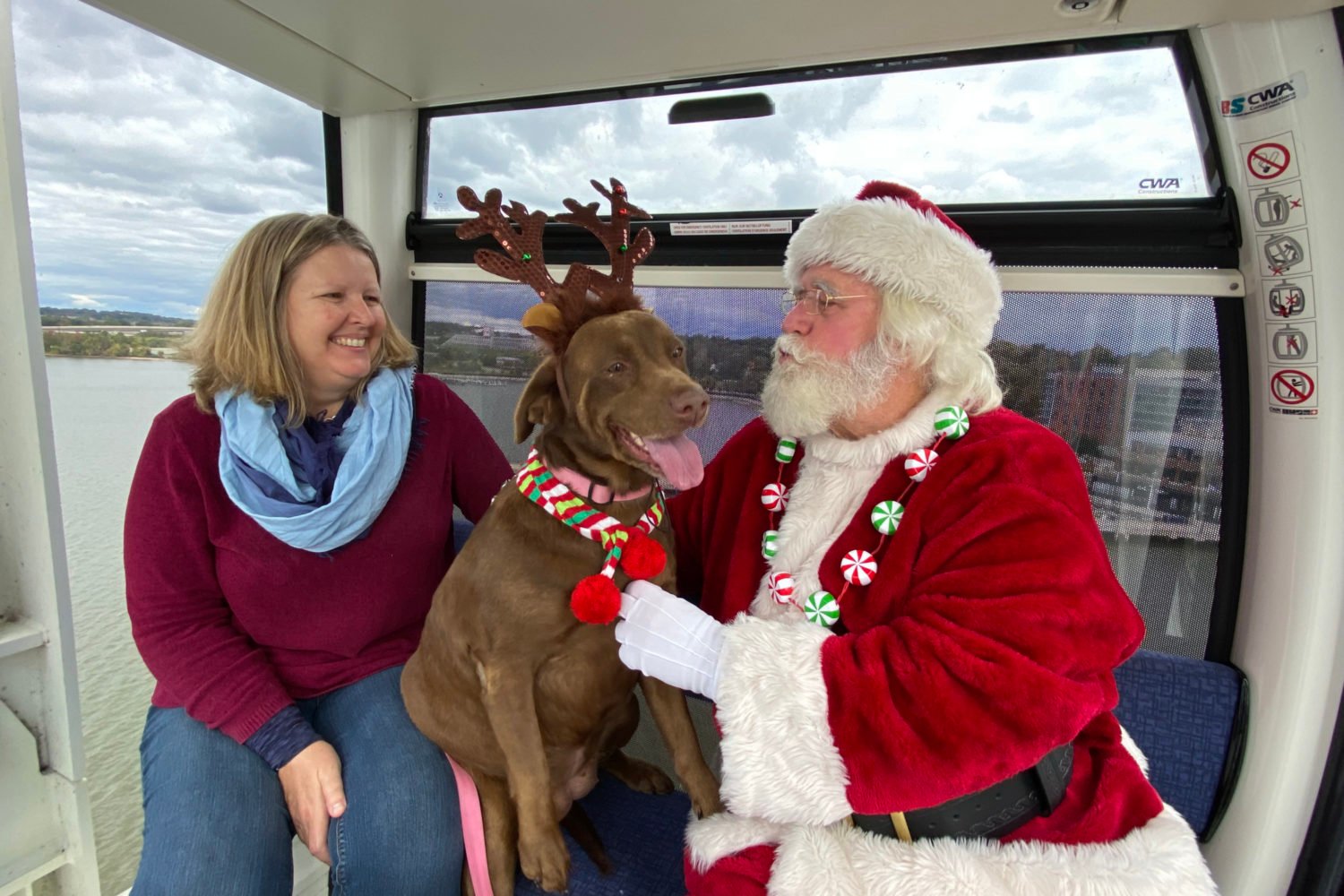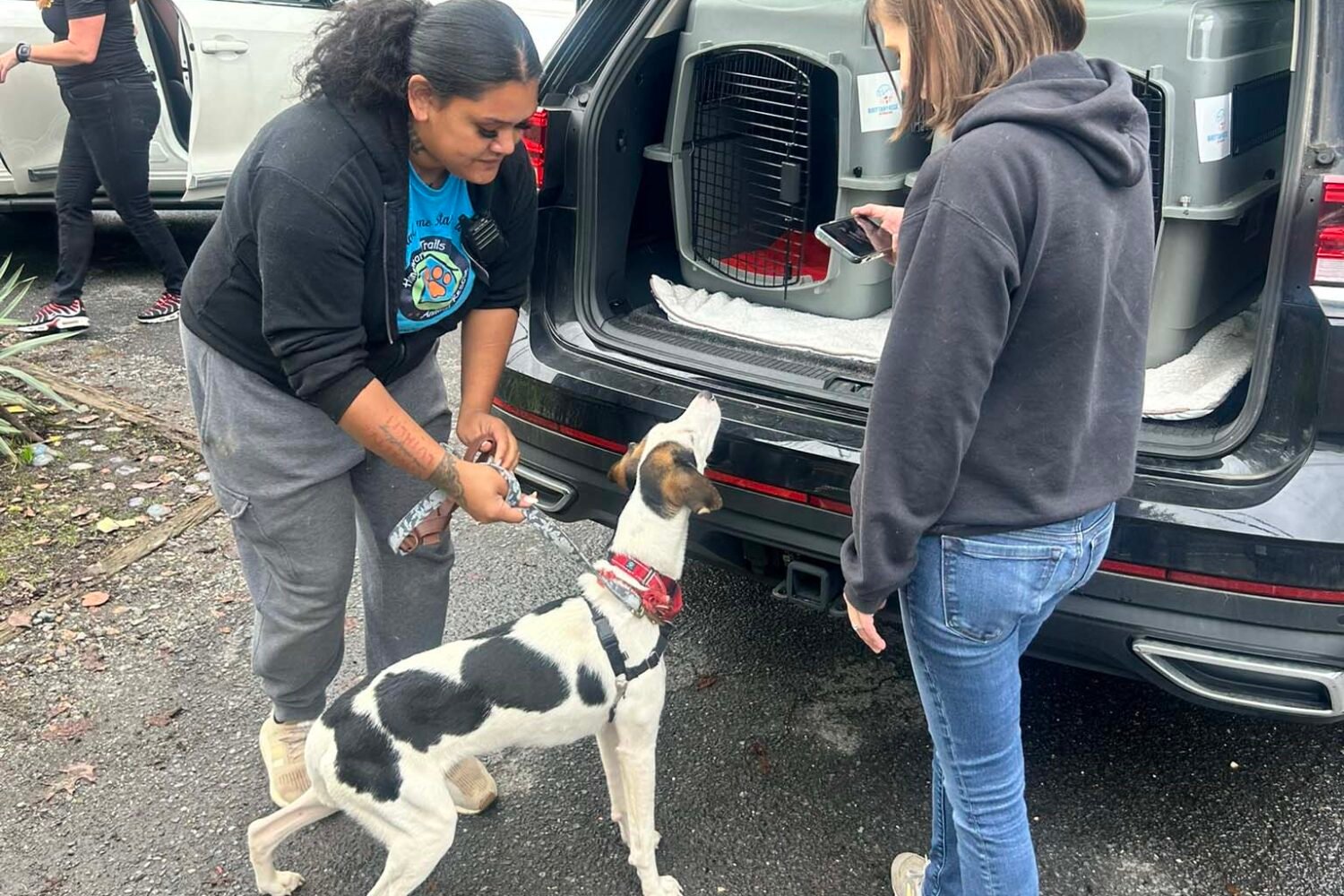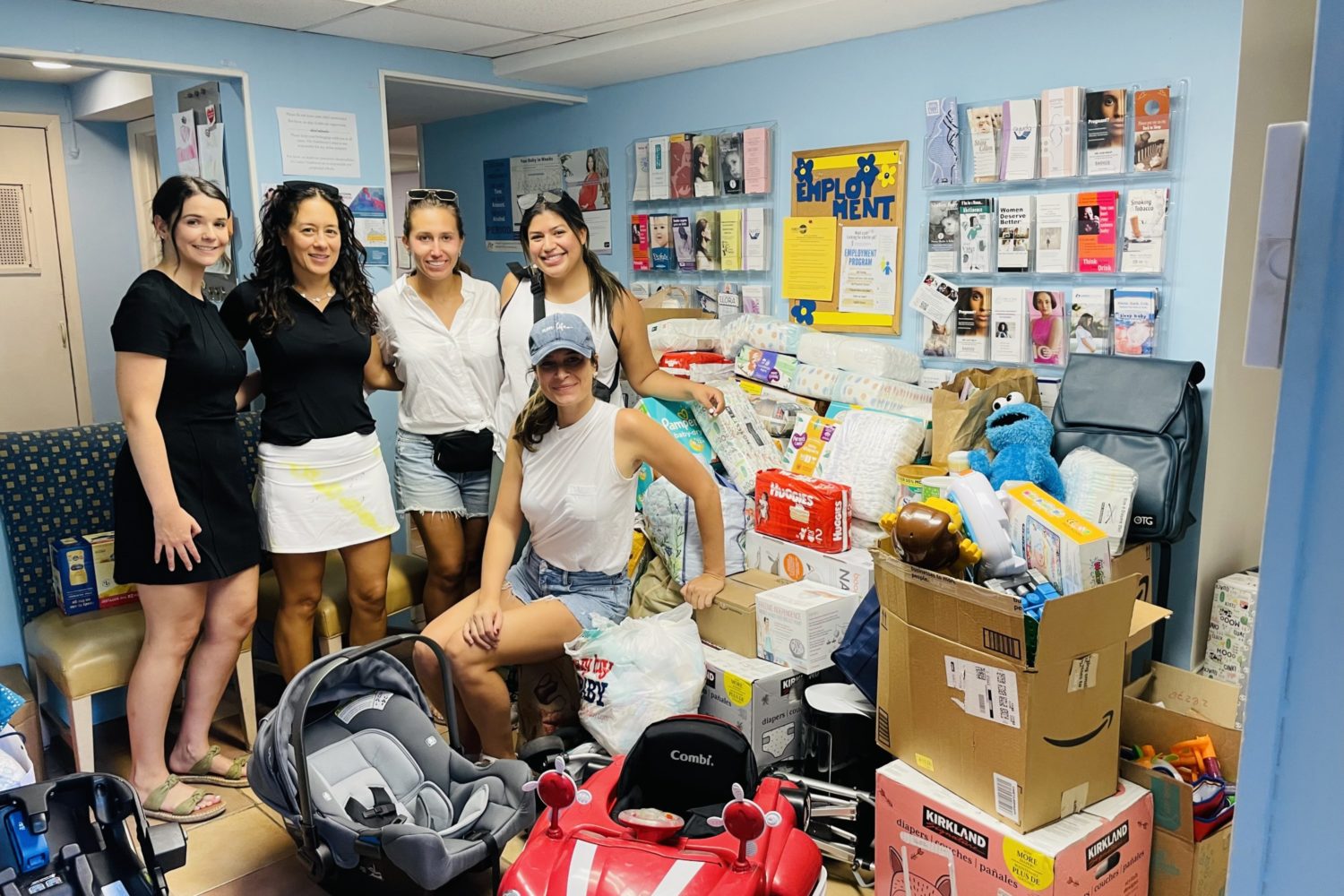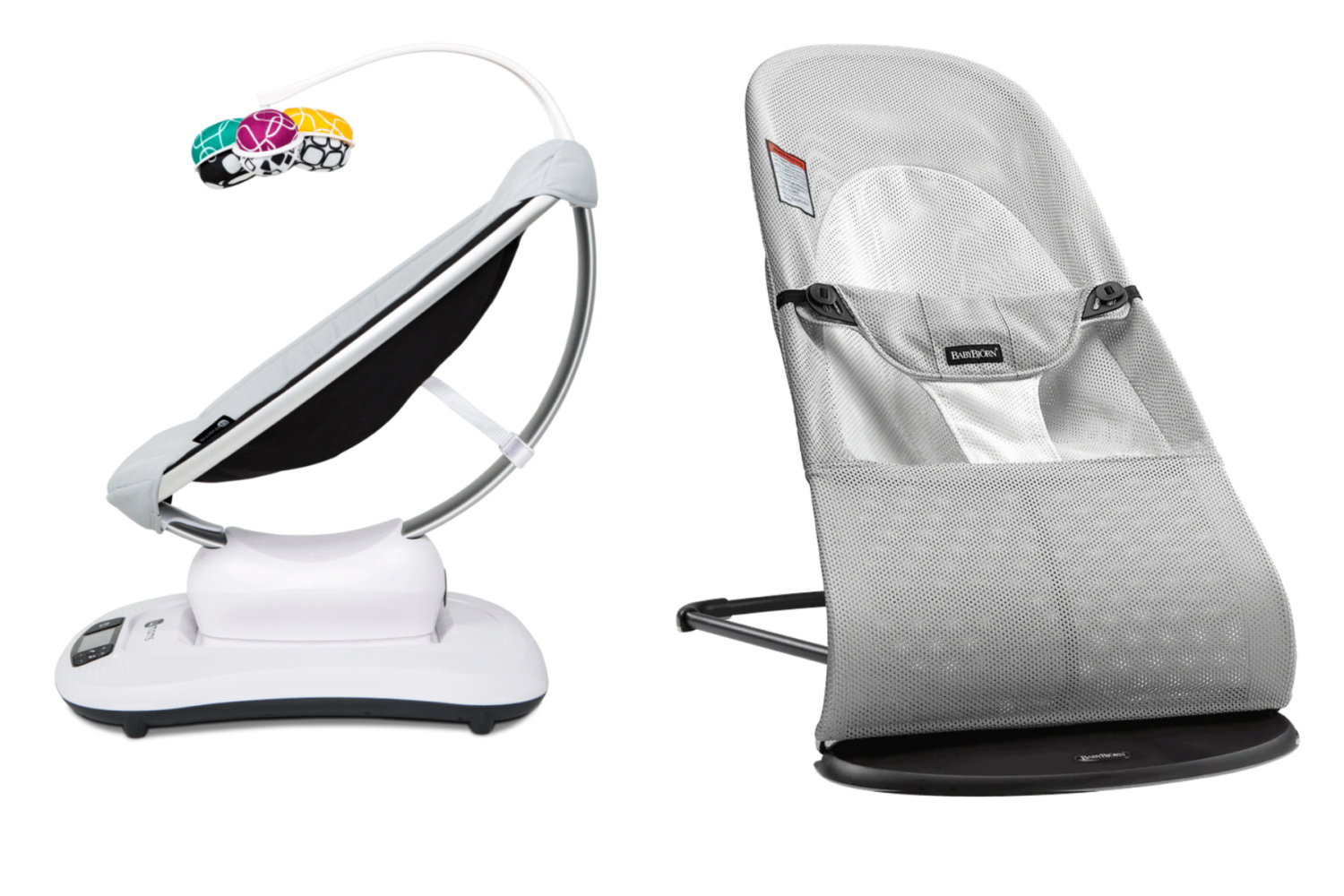Homer sits by the feet of his owner, Rebecca Yoo, as she coos at a life-size plastic baby swathed in a green blanket. The white boxer is waiting for kibble, which Yoo periodically slips him—his reward for staying calm while she lavishes her attention elsewhere. A dozen expecting parents watch them.
The demonstration is part of Baby-Ready Pets, a free two-hour seminar at the Animal Welfare League of Arlington (AWLA) about preparing animals for an infant’s arrival. Yoo and co-teacher Jennifer Newman talk about subtle signs of stress such as lip-licking and yawning. Dogs rarely bite without warning, they explain, so it’s important not to miss the cues. Other pointers are more obvious—such as not allowing kids to sit on pets.
It’s unknown how many of the 7.6 million animals that entered US shelters in 2015 were surrendered because of new babies—many families who give up pets don’t offer any reason. But it’s enough of a concern that local rescue groups such as AWLA and the Washington Animal Rescue League offer the classes.
At AWLA, “new baby” ranks 13th among the most common explanations (behind reasons such as moving, “too many animals,” and allergies). Last year, the Washington Animal Rescue League (WARL) took in eight animals whose owners listed a baby or pregnancy as the reason. The Prince George’s County shelter took in 14.
“All of those new things coming into the pet’s life are very stressful,” says Newman, AWLA’s director of community programs. “A lot of times, the parents can’t deal with both the stress of having a new child and having a stressed-out pet.”
Chris Carter and his wife, Megan, rescued Dixie, their six-year-old Chihuahua/miniature pinscher, two years ago. The shelter they adopted her from had specific requirements for Dixie’s new home: It should be quiet—and not contain young children, because the dog is easily startled by loud noises and sudden movement.
None of that concerned the Carters then. But when they learned they were expecting a child, they feared they’d have to find Dixie a new home.
The couple attended the AWLA seminar. “We wanted to go in with some tools,” says Chris, an analyst at the Department of Justice. So far, the homework they were assigned seems to be helping.
Per the teacher’s instructions, they’ve played a recording of a wailing baby and switched on their noisy, vibrating baby chair every day for the past few months. Initially, Dixie trembled in fear. Now she merely lifts her head and expects the treats her owners dole out during the exercise.
If this all sounds a bit neurotic—like something out of the Christopher Guest mockumentary Best in Show—you’re not alone. When Lee Green, then pregnant with twins, decided to attend Baby-Ready Pets in 2010, her husband refused to go. “He thought I was nuts,” says Green, who worried that her rescue dog, Georgia, would be aggressive toward the infants, as she was with other dogs.
But trainers say taking extra precautions is nothing to be embarrassed about. Parents should do whatever they can to ensure that bringing a baby home is a “non-event” for the pets, says Linda Hudson, a behavior specialist who teaches WARL’s baby workshop. She advises imagining “bringing a watermelon into the house” when carrying the baby in for the first time: If parents don’t act like it’s a big deal, the animals won’t pick up on it, either.
The best outcome is that all the preparation ends up being for nothing. Lee Green says she picked up a few helpful tips at the AWLA workshop but still couldn’t relax until the twins actually arrived.
Georgia, it turns out, couldn’t have cared less. The dog ignored the babies until they were old enough to start dropping cheese and Cheerios from their highchairs. Since then, she has become their best friend. Says Lee: “They can’t tell you that in a class.”
This article appears in our March 2016 issue of Washingtonian.

